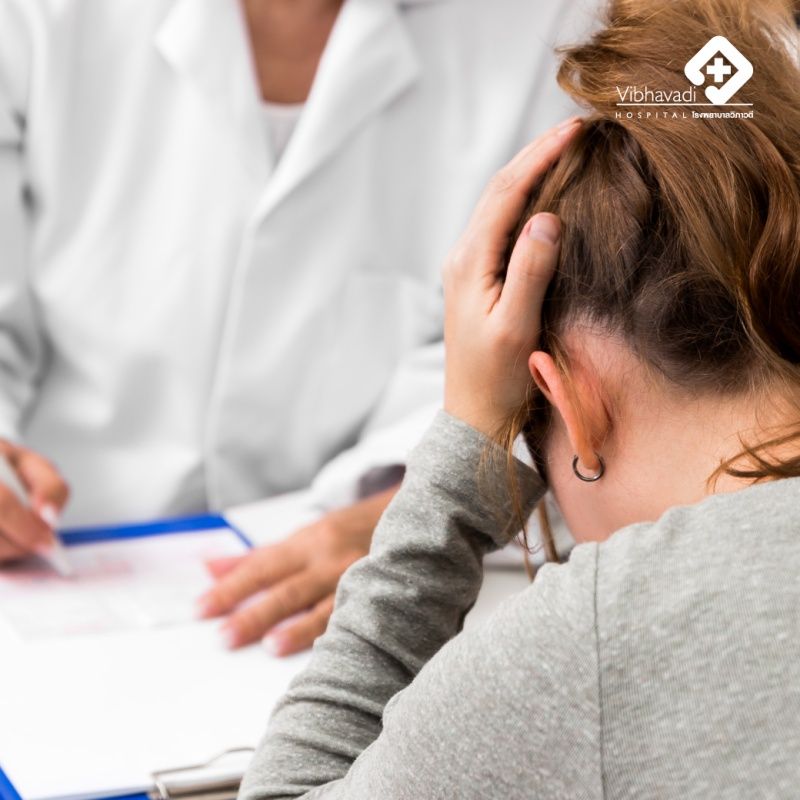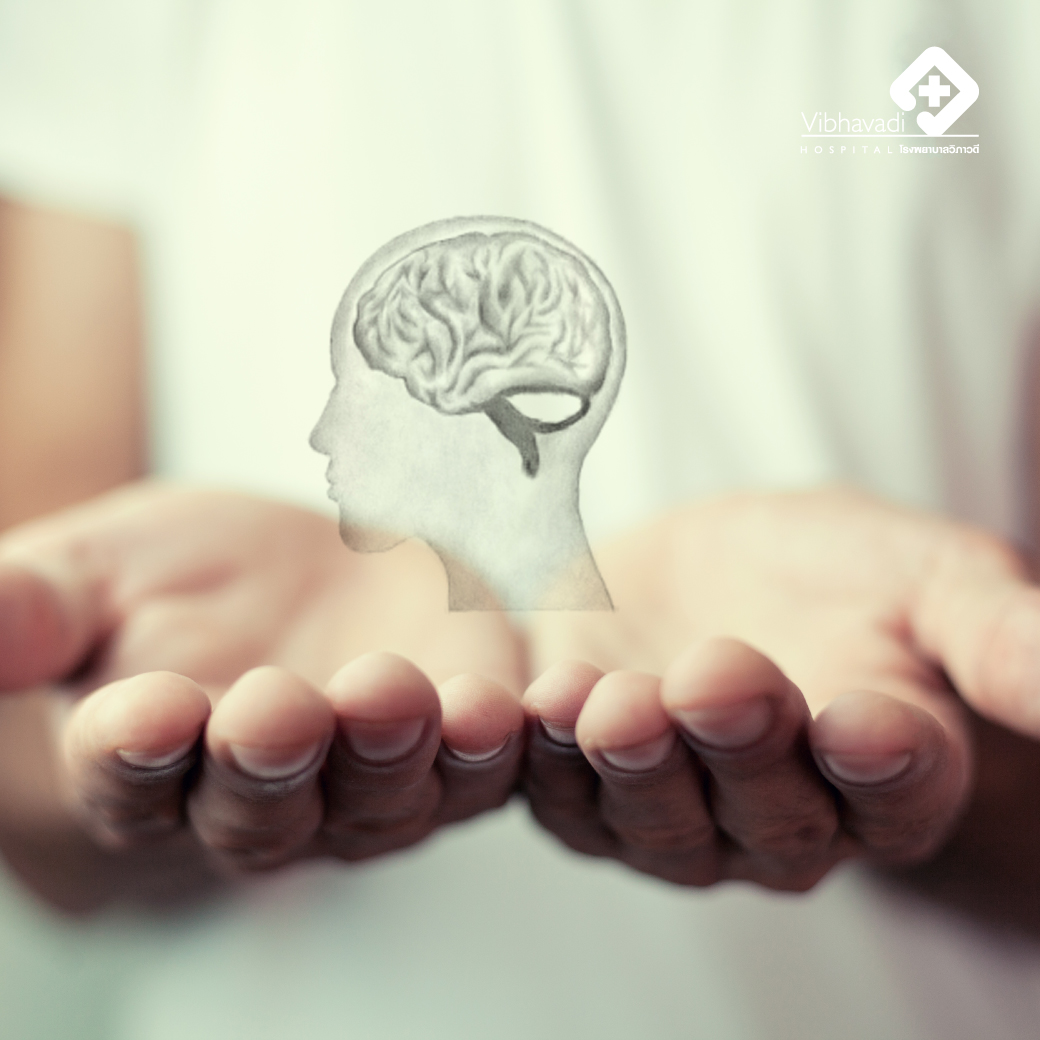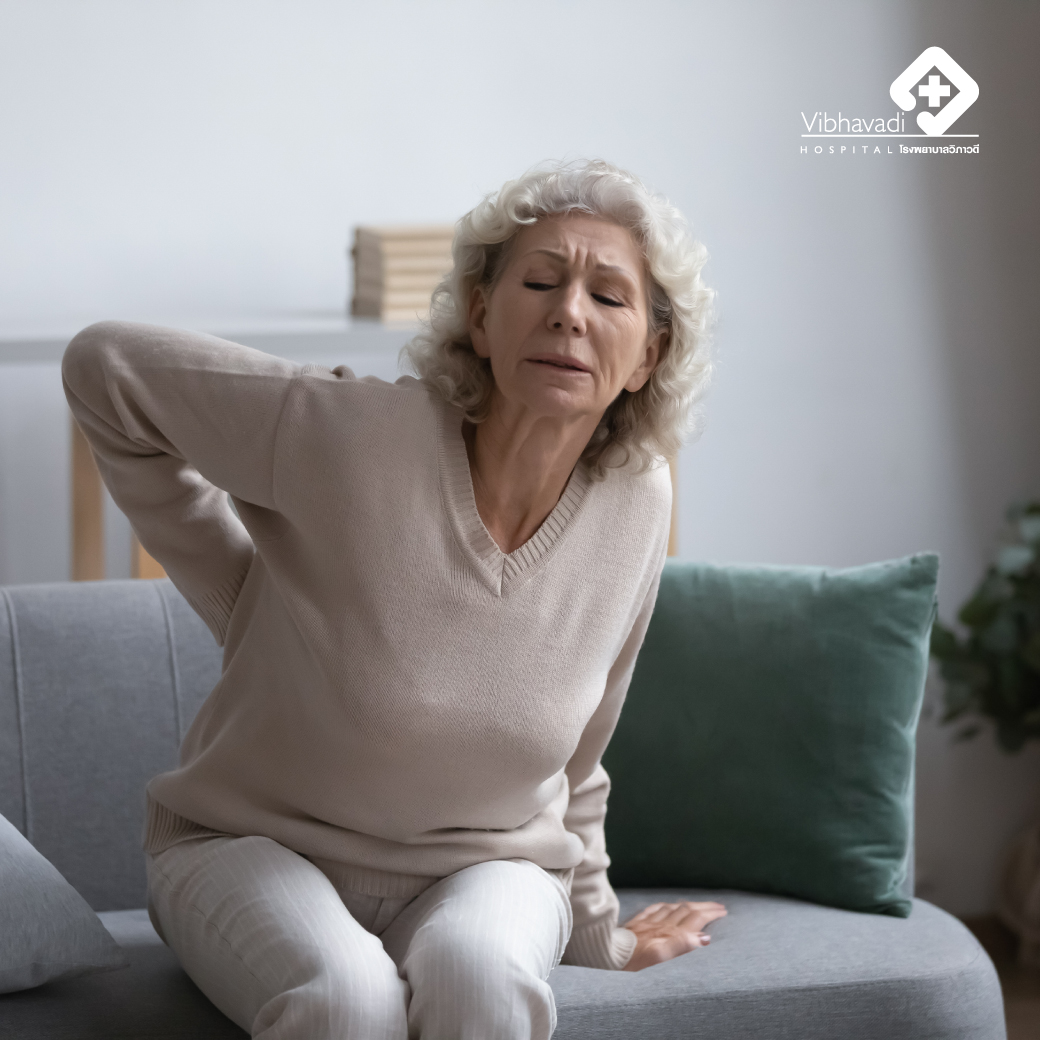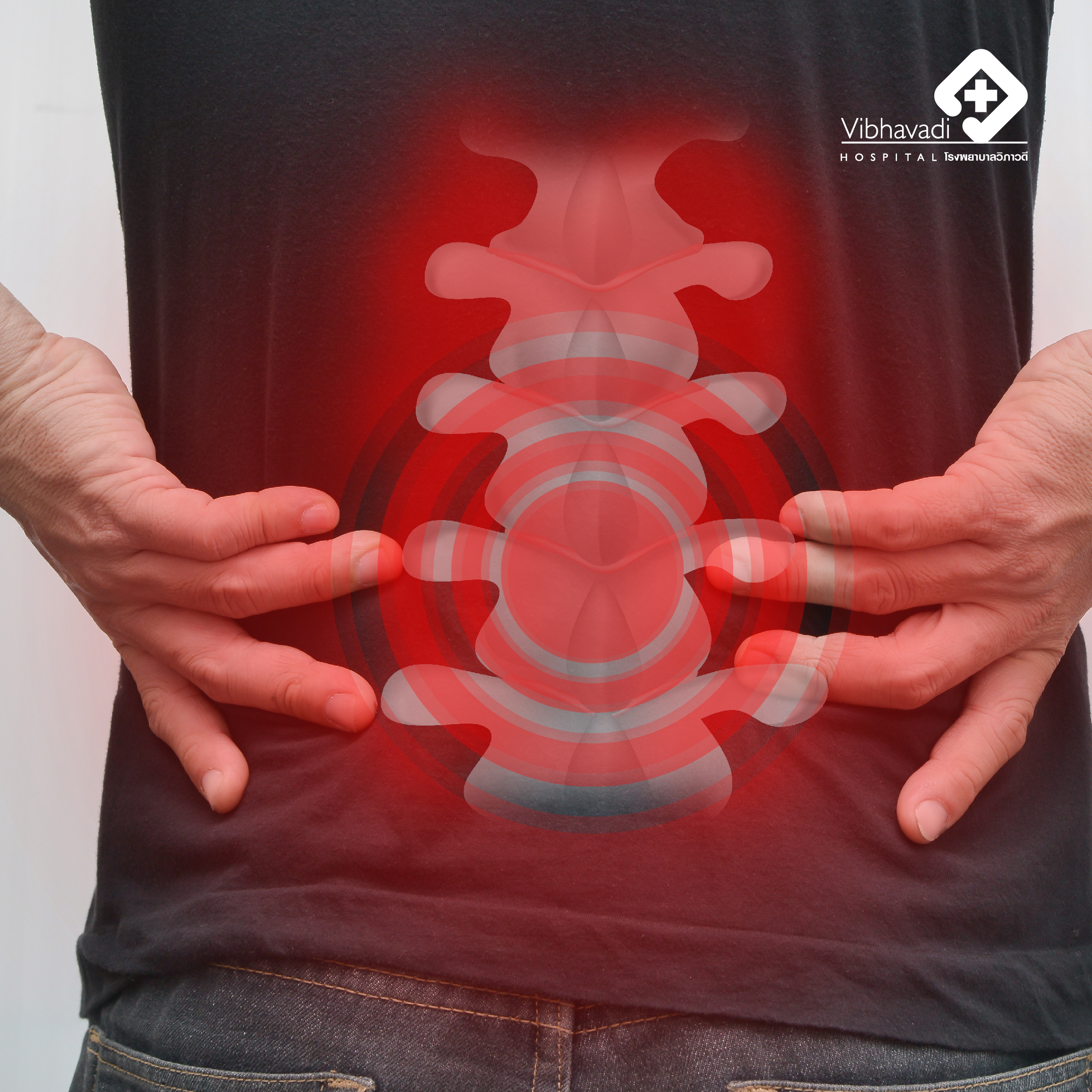

What does Cerebral Hemorrhage mean?
What does Cerebral Hemorrhage mean?
Ischemic stroke paresis, or paralysis, is a symptom that causes much fear in people, particularly the elderly. This symptom is characterized by weakness of one limb that may not completely disappear or recover, often requiring long-term rehabilitation and causing residual disabilities to varying degrees. The most common cause of this symptom, accounting for 80-90%, is cerebrovascular disease, whereas the remaining 10-20% are due to other causes such as brain tumor or brain abscess.
What does Cerebral Hemorrhage mean?
Cerebral artery stenosis is a type of Cerebrovascular disease, which is a group of three major diseases: ischemic stroke, rupture, and blockage. Of these three, Cerebral stenosis is the most common, accounting for 80-85% of cases.
The thickening of the artery walls causes constricted blood vessels. This thickening can lead to platelets and other components of the blood collecting along the artery walls, reducing blood flow. If the obstruction is severe, it can cause a lack of blood supply to the brain, resulting in damage to the brain cells in the affected area.
What symptoms would you have?
The symptoms of narrowed blood vessels in the brain may vary depending on the area of the brain affected, as each part of the brain has different functions. Possible symptoms include:
- Weakness of limbs or numbness on one side (In some cases, it may be both halves)
- Stiff tongue, slurred speech or choking
- Unable to speak or unable to hear (problems with language understanding)
- Excessive dizziness, staggering like never before.
- Lost of vision on either eye.
The main traits of the symptoms are that they manifest rapidly, unexpectedly, in a matter of minutes, or even upon waking up when the individual had been feeling normal before going to sleep.
Who has the opportunity to reduce the risk of this disease?
Age is an unavoidable factor, but there are many other risk factors that can be managed. If these are managed well, then the likelihood of the disease can be decreased.
What are the symptoms?
Due to the fact that the brain is composed of multiple parts, each of which has distinct functions, the particular symptoms displayed by a patient experiencing narrowed blood vessels depends on the region of the brain affected. Symptoms may include:
- Weakness of limbs or numbness on one side (In some cases, it may be both halves)
- Stiff tongue, slurred speech or choking
- Unable to speak or unable to hear (problems with language understanding)
- Excessive dizziness, staggering like never before.
- Lost of vision on either eye.
The main characteristics of the symptoms are that they can come on quickly, in a matter of minutes, or shortly after waking up when the person was previously normal. As people age, their risk of developing this disease increases and this cannot be prevented. However, there are many risk factors that can be controlled, such as poor diet, lack of physical activity, smoking, and high stress levels. If these risk factors are managed properly, the chance of developing paralysis can be reduced, though not eliminated entirely.
- High blood pressure
- Diabetes
- Hyperlipidemia
- Smoking
- Certain heart diseases.
How is it diagnosed?
Based on a patient's history, general physical examination, and neurological examination, a doctor may opt to perform a Magnetic Resonance Imaging (MRI) scan of the brain instead of a Computed Tomography (CT) scan. A CT scan of the brain can help distinguish a narrowed or ruptured blood vessel, as the treatment for these conditions can vary significantly.
Can it be cured?
Currently, there is no drug that directly treats the symptoms, but each patient has the opportunity to recover on their own through physical therapy. The extent of improvement will vary from person to person, but it is possible to roughly estimate the trend 2-4 weeks after the onset of symptoms. This is just a general trend, for example, if the patient is significantly better after two weeks, there is a good chance of full recovery. Some people may need to do physical therapy for 3-6 months, but not see the desired results. In these cases, recovery may take longer or may not reach full potential.
What are the medications used for treatment?
Drugs used to prevent recurrence of this disease are important, as there is a risk of recurrence if it has occurred before. An anticoagulant drug is usually prescribed by a doctor on a case-by-case basis, and people should not buy and take it themselves as it may have side effects.
Another important group of drugs are those used to control risk factors such as diabetes, high blood pressure, high blood fat, and so on, including taking the right actions, especially controlling diet. If these diseases are well managed, the risk of having a stroke is much lower. Smoking should also be stopped as it is a major risk factor, and quitting depends only on the individual's determination and willpower, not on medication.
Physical therapy is essential to increase the chances of recovering from weakness. With the help of physical therapy, patients can regain their strength. As for the medicines taken, they focus on preventing the recurrence of ischemic strokes, so even after taking them, physical therapy is still needed to improve symptoms as much as possible.
Can brain tonics help?
People often discuss brain tonics, ginkgo, nutritional supplements, and other treatments, such as expensive injectable drugs, as potential solutions for paralysis. However, there is no reliable medical evidence that these treatments are effective. Furthermore, some treatments may have unintended negative effects on patients, so caution should be exercised before consuming or injecting anything.
Ya Mor is an extremely well-known medication, especially in rural areas. Unfortunately, it not only fails to benefit the user, but can also cause severe harm. People continue to take it, however, because they believe that the substances in it can make them feel better and cure any illness, although this is merely a temporary sensation without any long-term effects. Symptoms like high blood sugar, gastritis, weak immunity, frequent infections, and swollen face can all be caused by taking this drug for an extended period of time. When users quit taking it, they may experience various forms of discomfort. Therefore, it is essential to avoid taking Ya Mor as a medication.
Why are some people seek monk or take medicine able to walk again?
As mentioned at the beginning, this disease is difficult to predict in the early stages. How can each person get better? It varies from person to person; some may get better on their own without taking any medication, while others may need to take medications and undergo complete physical therapy. Even with these treatments, the person may not get much better or even get worse. Therefore, it is usually better to try alternative treatments such as herbal medicine, before considering more invasive treatments. Herbal medicine has become popular due to people talking about their experiences with it, but if it does not improve symptoms or causes side effects, people generally don't talk about it. The worsening of symptoms is usually caused by the disease itself, not the treatment.
What causes doctors to be biased against or block treatments that are not currently planned?
Doctors are not closed-minded or biased because they understand that the current medical plan cannot cure all cases. Therefore, when patients and their families suggest trying alternative treatments, most doctors are willing to explore these options, so long as the treatments are safe and pose no risk of harm to the patient. However, some alternative treatments, such as herbal medicine, massage therapy, sleeping in black sand, etc., may be dangerous and it is the doctor's responsibility to make sure that these treatments are properly evaluated before being used.
There is also another group of people who need to be addressed. Although their activities may not be harmful, they seek to benefit from the struggles of patients and their families by selling overpriced supplements, magnetic beds, vitamins, and injectables from overseas, among other items. Such exaggerated claims are now being increasingly outlawed.
Is it possible to prevent ischemic stroke?
Preventing ischemic heart disease is extremely important, as it can lead to disabilities even if it is not completely healed. Those with risk factors, such as age 30-35 or older and a family history of diseases, should take extra care to control the disease by taking prescribed drugs, eating a healthy diet, exercising regularly, getting enough rest, and avoiding intoxicants. Blood tests should also be done annually to check for risk factors. Taking these steps can greatly reduce the chance of paralysis due to ischemic heart disease.
When caring for patients with this disease, it is important to adhere to the following principles:
1. Strictly control any risk factors, take prescribed medications as directed, and attend regular doctor's appointments.
2. Continue physical therapy, which may be done at home after leaving the hospital.
3. Encourage the patient, as this disease is associated with depression and stress.
4. Before sending the patient home, those who are unable to walk should be taught proper care, such as turning over and sitting up often, to prevent complications such as pneumonia, pressure sores, urinary tract infections, and tube feeding (if necessary).
Best wishes from Vibhavadi Hospital














